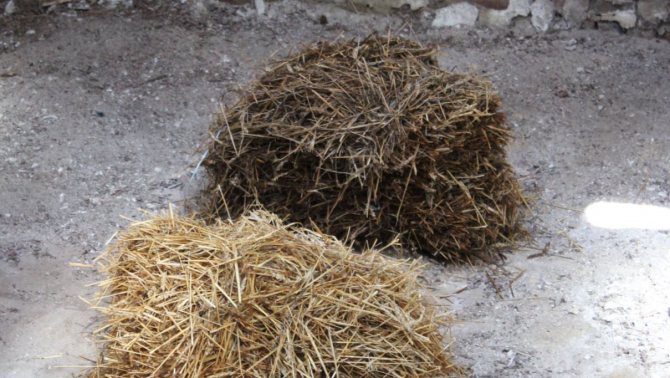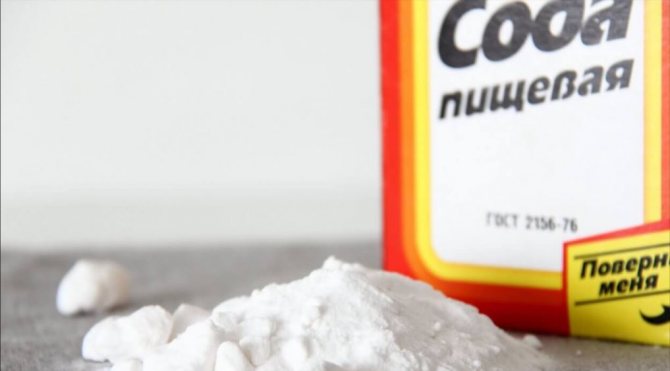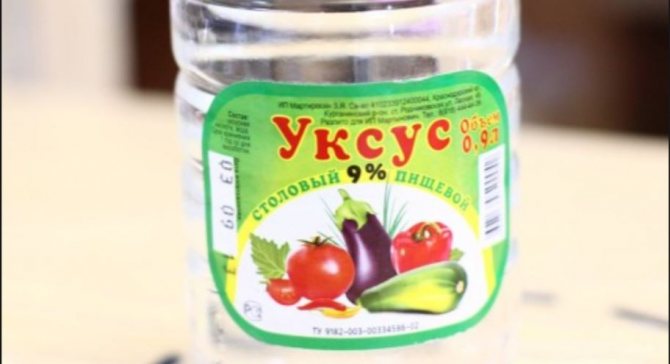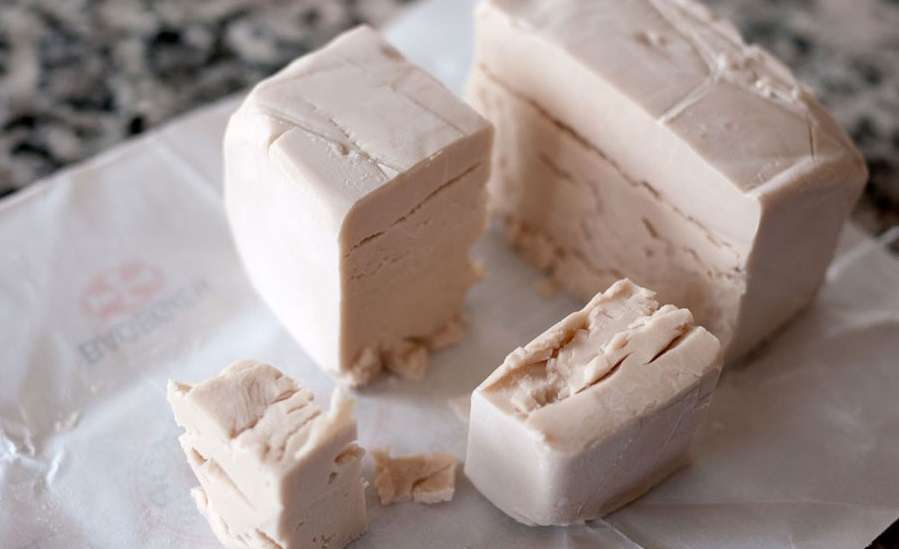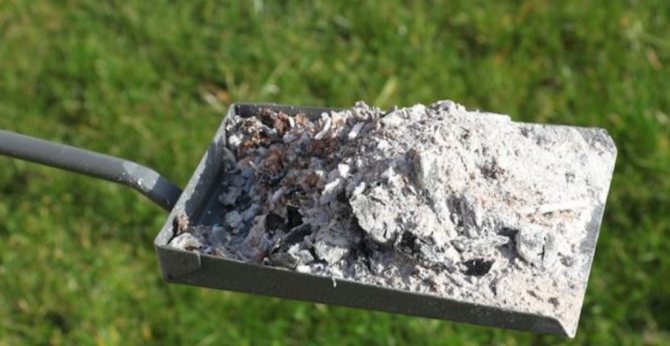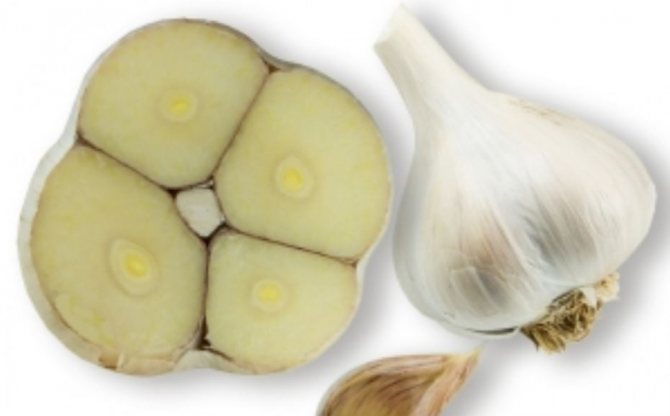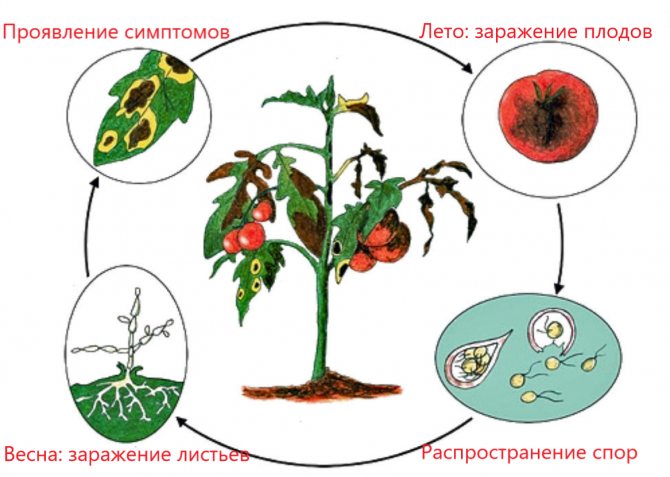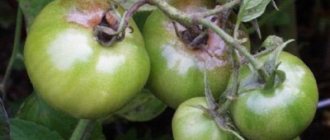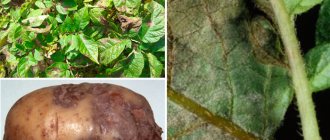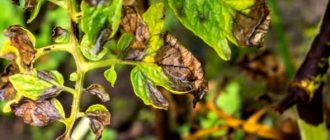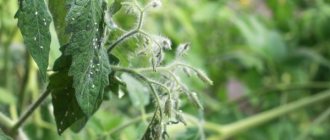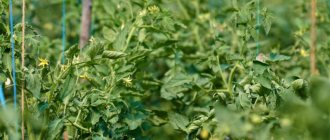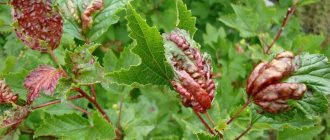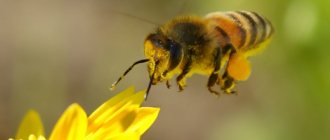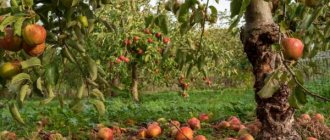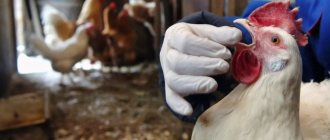Vegetable growing »Tomatoes
0
2274
Article rating
The quantity and quality of the crop depends on the care of the tomatoes after planting in open ground. The processing of tomatoes must necessarily be carried out with means that ensure the plant's proper development. Consider at what time and how it should be done.
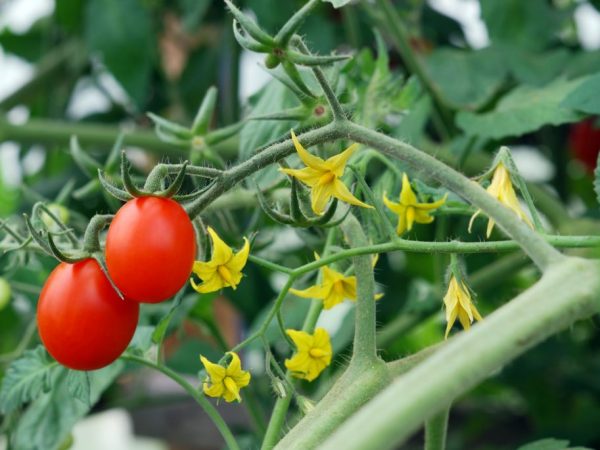
Rules for processing tomatoes in the open field
What is late blight and when does it occur?
Late blight is caused by the fungus Phytophthora infestans. It acts selectively, affecting mainly nightshade crops. These are tomatoes, potatoes, peppers, eggplants. Less commonly, the pathogen also affects plants that do not belong to nightshade, for example, garden strawberries, cucumbers, and grapes.
Phytophthora spores can live literally everywhere: in the soil, on last year's plant debris, on seeds, fruits, shoes, garden tools.
In dry summer weather, the infection does not manifest itself in any way, but if it rains, and the temperature drops a little, that's it, late blight is right there. On cool, wet days, disease-causing spores take root in plant tissues, eating away at them, turning branches and leaves into dry forests, and fruits into rotting mush. What is late blight, how does it look on tomatoes and how to deal with it - see the video plot:
That is, for the onset of the disease, conditions favorable for Phytophthora infestans are necessary:
- temperature 15 -22 degrees with a decrease at night to 10 ° C;
- high humidity;
- frequent rains, fogs, dew (when plant tissues do not dry out for a long time).
Such conditions in our area arise, as a rule, in August, when night temperatures drop noticeably compared to daytime ones, dew falls in the morning, and frequent rains begin. Therefore, at the end of summer, you need to be vigilant and more often check the leaves, stems and fruits of tomatoes for the first signs of phytophthora.
Noncommunicable diseases and their treatment
Often, the problems of tomatoes are associated with a lack of mineral balance or with a large amount of fertilizer, such as peat. That is, the plant has enough nutrients, but the minerals are clearly insufficient. Experts argue that this can be due to poor-quality cultivation of the land, because of which it prevents the absorption of useful elements. In addition, this may be a clear sign of a violation of the rules for planting tomatoes in the ground.
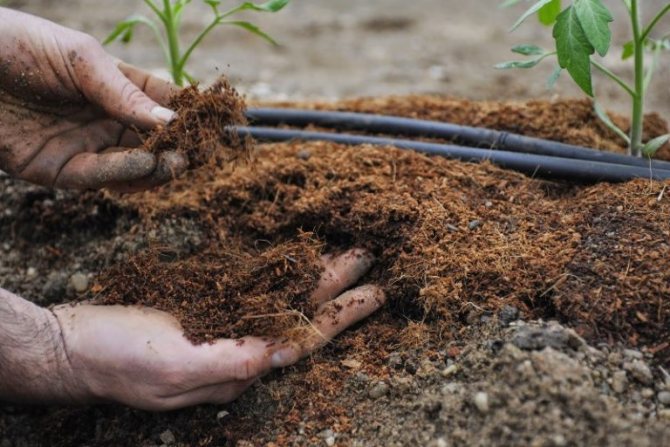

Tomatoes may clearly lack calcium, which is an essential element for seedlings and fruit-bearing plants. Because of this, deformation of the leaves and the death of the root system can occur. It is worth noting that too much calcium can lead to potassium deficiency. With an acute shortage of this element, young leaves become wrinkled and grow poorly.
Iron is a special substance, the deficiency of which in certain varieties of tomatoes does a lot of harm, while others do not even notice its lack and continue to grow normally and bring a good harvest. The main sign of iron deficiency is the yellowness of young leaves.
Experienced gardeners recommend choosing fertilizers and cultivating the soil very carefully. If you use too much peat, it can lead to a copper shortage in tomatoes. This will result in sluggish leaves and sore roots.
At too low temperatures, the plant cannot get enough phosphorus. This problem is solved with fertilizers, and best of all with manure. But you cannot use it with young tomatoes.
It is worth noting that many gardeners with great caution use fertilizers with chlorine to treat tomatoes for diseases. Nevertheless, it has been proven more than once that chlorine-free mixtures do not bring anything good either, because chlorine deficiency causes a violation of water metabolism. The result will be lethargic and drooping leaves, even with sufficient watering. To solve this problem, you need to add a handful of salt to the water when spraying the plants.
Symptoms of late blight of tomatoes
After the introduction of the pathogen into the tissue, 3-4 days pass and signs of phytophthora appear on the infected plants:
- Dark spots are visible on the leaves, which gradually spread throughout the tops. This process proceeds rapidly at high humidity. Subsequently, a white coating of thousands of microscopic spores forms on the spots.
- Dark brown marks appear on the stems without a clear outline, after a while they also form a plaque of mycelium.
- Tomato fruits are covered with dark brown "greasy" spots, some of them are soft, depressed.
At first, the lesions are very small. But in humid weather with moderate temperatures, the growth of spores on these foci becomes practically uncontrollable. And, if you do not take measures, late blight will destroy the foliage and the entire tomato crop.
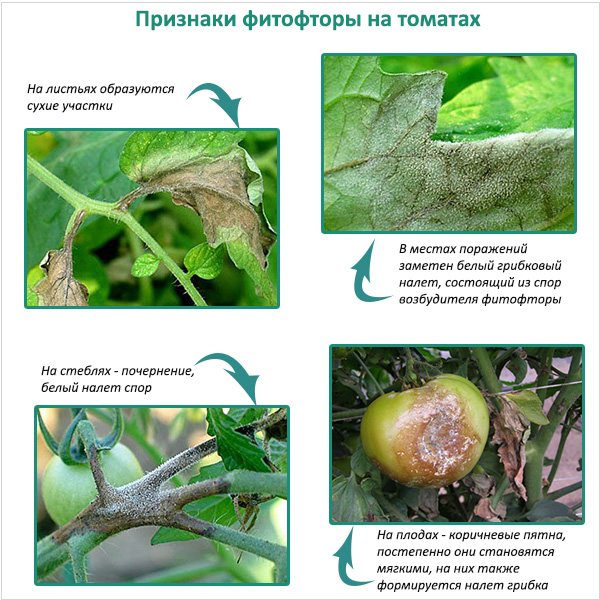

At the stage of detecting spots and dry leaves, the main thing is to make a correct diagnosis. Having looked at the photos of phytophthora published on the network, which rages on tomatoes, we can conclude that its symptoms are similar to the manifestations of some other diseases. For example, Alternaria, Septoria spot and even ordinary drought can dry the tops. It is important to learn to distinguish!
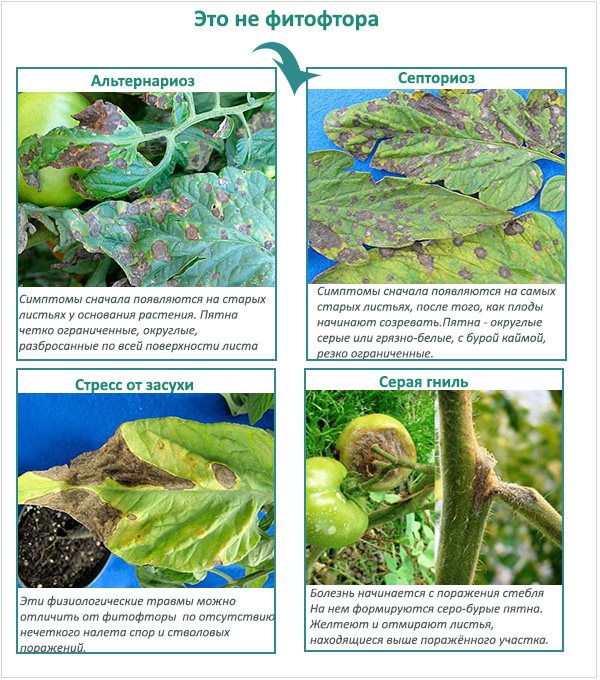

Causes of late blight
It is advisable to prevent any ailment, rather than try to stop an already existing outbreak of the disease. To do this, you need to know the causes of phytophthora on tomatoes and the conditions under which the pathogenic fungus begins to spread and destroy plants.
So, the reasons are as follows:
- High humidity, watering plants on wet ground, irrigation of tops.
- Day / night temperature drops.
- Dew in the morning.
- Thickened planting. Tomato leaves come into contact, which disrupts the ventilation and drying regime of tops and soil after watering. The fungus in such conditions "blooms" with thousands of spores.
- Weakened, sick plants. Any weakening of the immunity of tomatoes, which arose, for example, due to a lack of trace elements in the soil, leads to the fact that any infection will cling to them. And late blight in August - in the first place!
- Overfeeding with nitrogen. In this case, the plants are pampered, and the resistance to phytophthora tends to zero.
- Overly calcified soils. Excess lime content provokes the growth of phytophthora mycelium.
Prevention of late blight - agricultural methods
The best methods of dealing with late blight on tomatoes are preventive, which can reduce the risk of disease. Among them there are many agricultural techniques that are worth studying and using constantly when planting and caring for plants.
To prevent late blight of tomatoes you should:
- In the fall, when cleaning the garden, collect all the tops and other remains of tomatoes and burn them. Do the same with the remains of other nightshades.
- Use disinfected seeds for planting. You can disinfect them by immersing them in a 1% solution of potassium permanganate for 20-25 minutes, then rinse and dry.
- Observe the rules of crop rotation. Do not plant tomatoes in one place, return after 2-3 years. Do not plant them after potatoes, peppers, eggplants and other plants prone to phytophthora, and do not place their beds next to them.
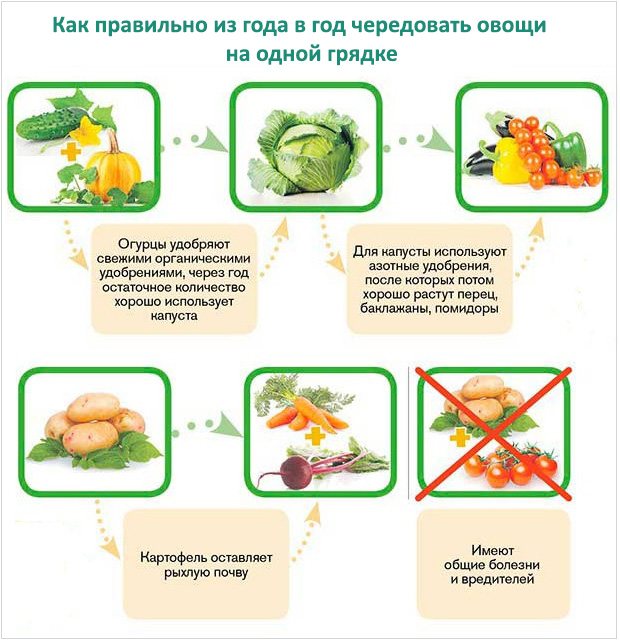

- Restore the balance of overly limed soils. For this, peat is introduced for digging. When planting seedlings, the holes are sprinkled with sand.
- Plant seedlings according to the recommended scheme. Do not thicken the planting.
- Do not allow the lower leaves of the tomato to come into contact with the soil. To do this, it is necessary to mulch the beds, cut off the lower leaves to the first bunch.
- In cloudy weather, do not water the tomatoes, just loosen the soil.
- Water at the root, avoiding water getting on the leaves. It is advisable to water in the morning so that the soil has time to dry out during the day.
- Feed tomatoes with phosphorus, potassium, calcium fertilizers (calcium nitrate, calcium chloride, potassium magnesium). You can also introduce into the care measures spraying with immunomodulators - Epin, Immunocytophyte, Zircon, etc.
- Plant late blight-resistant tomatoes - early varieties that ripen before the start of the August infection season.
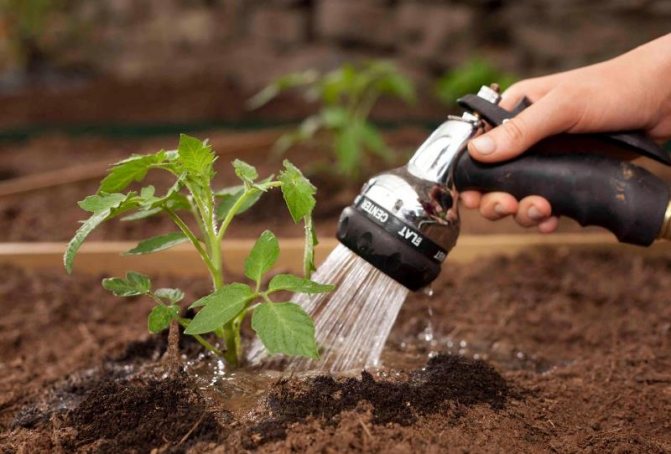

It is necessary to water the bushes of tomatoes at the root, trying not to fall on the leaves
Stolbur (phytoplasmosis)
Stolbur causes significant harm to tomatoes in the southern regions, but also occurs in northern greenhouses. The disease develops actively at high air and soil temperatures, leading to a significant decrease in tomato productivity (more than 60%). The pathogen of the mycoplasma type - Solanaceae phytoplasm - is a unicellular organism parasitizing in the cells and intercellular space of plants, in conducting vessels.
By the way of life, mycoplasmas are close to viruses. Solanaceous phytoplasms can overwinter in the roots of various weeds (field bindweed and wild nightshade are preferred). The infection is not transmitted through seeds and wounds.
Expert opinion
Stanislav Pavlovich
Gardener with 17 years of experience and our expert
Ask a Question
IMPORTANT! Phytoplasmosis is carried by sucking insects, mainly leafhoppers.
Adult leafhoppers begin to settle in tomatoes from mid-June, reaching peak numbers by mid-July and actively spreading phytoplasm. A month later, in the second half of August (sometimes earlier), the tomatoes clearly show signs of infection.
Symptoms of stolbur on tomatoes:
- sepals decrease or increase and grow together, resembling bells;
- stamens and pistils are deformed in flowers;
- the tips of the petals turn purple or green;
- the color partially flies around without being tied;
- stems and roots of tomatoes become woody;
- leaf plates decrease, turn pale, acquire a purple hue;
- fruits harden from the inside, are filled with dense, whitish vascular tissue;
- the pulp of tomatoes becomes juicy, tough, tasteless.
Expert opinion
Stanislav Pavlovich
Gardener with 17 years of experience and our expert
Ask a Question
IMPORTANT! It is impossible to cure tomato plants infected with stolbur; they are urgently dug up by the root and burned.
Preventive actions:
- Crop rotation (nightshade crops should not be predecessors).
- Growing early ripening varieties of tomato with a friendly return of the harvest.
- Regular weed control.
- During the flying season of leafhoppers - spraying tomato plantings with insecticides (Tsi-Alpha, Decis, Confidor, etc.). But we must not forget about the waiting times after processing tomatoes with pesticides.
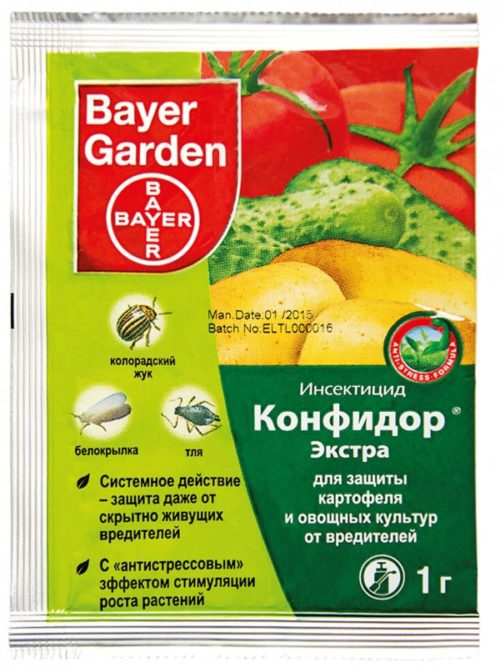

INTERESTING! In large farms, the protective biological fungicide Phytoplasmin is used against stolbur (efficiency 63-87%). They are watered and sprayed with tomato bushes at the beginning of the leafhopper's flight or when the first affected plants are found (only 2 treatments with an interval of one and a half to two weeks). Phytoplasmin is not yet approved for sale in retail garden stores in the Russian Federation.
Ways to combat late blight
Agrarian techniques are not all. To get rid of late blight on tomatoes, various preparations of both chemical and natural origin are used.
Among them:
- Time-tested folk remedies - as a rule, natural, harmless to fruits and humans;
- Biologicals are commercially available, but natural and relatively harmless. They contain live microorganisms that can destroy the phytophthora fungus.
- Chemical fungicides are the most effective and, at the same time, poisonous compounds. When using them, you must observe safety measures.
Traditional methods of dealing with late blight
Traditional antifungal watering and spraying is actively used for the prevention of phytophthora, along with agricultural methods. Also, with their help, you can fight the beginning late blight on tomatoes, while more advanced stages of the disease are unlikely to be within their power.
Here are some well-proven recipes:
1. Infusion of garlic + potassium permanganate
Garlic (100g) is passed through a meat grinder. The resulting gruel is poured with a glass of water and insisted for a day in a dark place. Filter the daily infusion and add up to 10 liters of water. Add 1 g of potassium permanganate.
Spraying is carried out according to the scheme: 1 time - before the formation of ovaries, 2 times - 10 days after the initial spraying, 3 times and subsequent times - every 12-15 days.
2. Yeast solution
80 g of yeast is diluted in 10 l of water. Insist 1-2 hours, after which the tomatoes are watered at the root. This is a good prevention of late blight and, at the same time, effective feeding of bushes.
3. Milk solution with iodine
In 10 liters of water, 1 liter of low-fat milk and 20 drops of iodine are diluted. Using this solution, you will receive an unexpected bonus - it not only has a detrimental effect on fungi, but also accelerates the ripening of tomatoes.
4. Wood ash
A week after planting tomato seedlings in the ground, the aisles and beds are sprinkled with wood ash. The process is repeated once more after the formation of the ovaries.
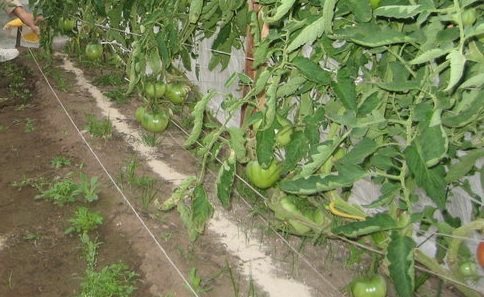

Spreading ash between rows will protect tomatoes from late blight
5. Ash infusion
0.5 buckets of wood ash are poured into 10 liters of water, insisted for 3 days. Then add water to 30 liters and add 40 g of laundry soap. Tomatoes are sprayed with this solution three times: 1 - a few days after planting the seedlings in the ground; 2 - during flowering; 3 - when ovaries appear.
6. Infusion of straw
1 kg of rotten straw is poured into 10 liters of water and 100 g of urea is added. Insist 3-4 days. Tomatoes are watered with this solution throughout the season every 7-10 days. Watering is performed in the evening, in cloudy weather. This infusion is considered a homemade biological product.
7. Saline solution
1 glass of sodium chloride is dissolved in 10 liters of water. The spray solution is ready! Getting on the tops and fruits of tomatoes, it covers them with a salt film, which does not allow the phytophthora fungus to penetrate the tissues.
8. Copper wire
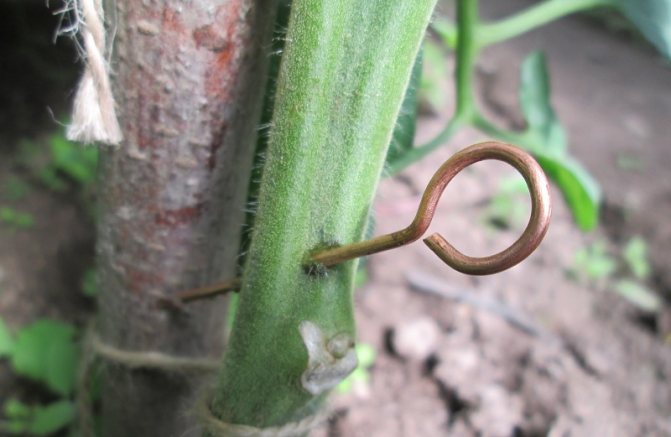

Copper wire pierce the stem of the tomato to protect against late blight
A tomato stalk is pierced with a wire 4-5 cm long at a height of 10 cm from the ground, the ends are bent down. The point is that the phytophthora fungus does not tolerate copper. And when pierced with a wire, copper ions enter the cells of the plant and thus protect it from fungal scourge. All ingenious is simple!
Another interesting remedy for late blight is prepared from sour milk and iodine:
Biological preparations
They, like folk remedies, are more preventive. With their help, you can get rid of late blight on tomatoes in the open field only with advance treatments.
Biological agents are a concentrate of microorganisms that can come into conflict with phytophthora fungi.
The most famous similar drugs:
- Fitosporin-M;
- Trichodermin;
- Baikal-EM;
- Guapsin.
With their help, seeds, soil, seedlings are processed. And the plants are sprayed every 7-10 days. Due to the fact that biologicals are safe, tomatoes can be eaten almost immediately after processing.
How to prepare a solution from Fitosporin-M and how to then use it for spraying on tomatoes is described in the video:
What precautions are needed?
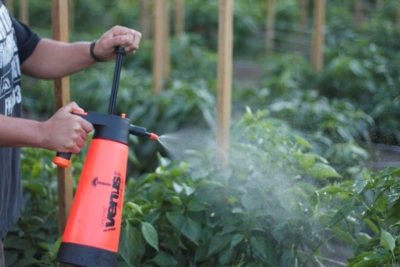

When using folk remedies, the following precautions must be observed:
- when making solutions against phytophthora, wear gloves and a gauze bandage (especially for the Bordeaux mixture);
- the sprayer must be thoroughly rinsed before and after use;
- only plant leaves need to be processed, since some substances are harmful to fruits;
- when making solutions, do not smoke, eat or drink;
- treat tomatoes only in dry, but not hot weather (morning or evening).
Chemicals for phytophthora
When all folk and biological remedies have been tried, but have not yielded results, or when phytophthora has already begun and, due to the wet, cool weather, threatens to turn into an epidemic in a few days, thermonuclear means should be connected. These are aggressive chemical fungicides. They will be able to save tomatoes from the already existing phytophthora, both in the open field and in the greenhouse.
The following drugs are best known:
1. Copper sulfate
For spraying tomatoes, a solution of copper sulfate is used.
Prepare it like this:
- in a small amount of hot water dissolve 2 tbsp. spoons of copper sulfate;
- separately in hot water, dilute 30-40 g of crushed laundry soap;
- stirring, pour a solution of vitriol into soapy water;
- with constant stirring, add more water, bringing the total volume of the solution to 10 liters.
Copper sulfate is toxic and can accumulate in the soil, tops and fruits, therefore, processing of tomatoes from late blight with its help is carried out 2 times per season: a week after planting the seedlings and the second time before flowering. It is advisable not to process when fruits appear, however, there is no complete prohibition on this, and many gardeners carry out spraying during this period.
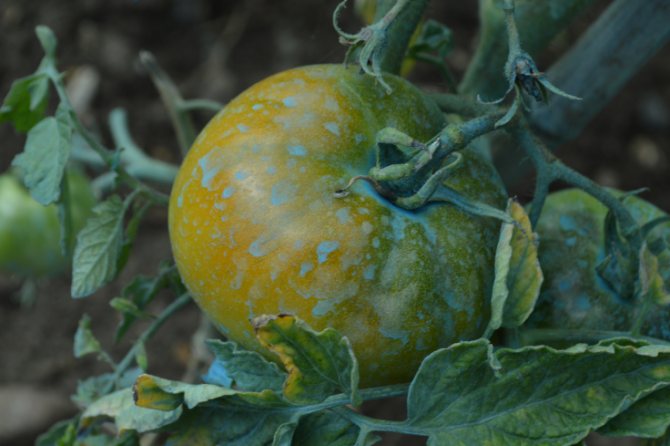

After spraying tomatoes with copper sulfate, it is recommended to eat them no earlier than 20 days later.
2. Bordeaux mixture
For preparation use: 100 g of copper sulfate and 100 g of slaked lime (fluff).
To get Bordeaux liquid:
- 100 g of copper sulfate is poured into a plastic dish (bucket), poured with a small amount of hot water, stirring, waiting for the crystals to dissolve and adding more water to bring the total volume to 5 liters;
- dissolve 100 g of lime in 5 liters of water in a separate plastic container;
- the vitriol solution is poured into the milk of lime.
Tomatoes are sprayed with the mixture a week after planting and before flowering, that is, the scheme is the same as for copper sulfate.
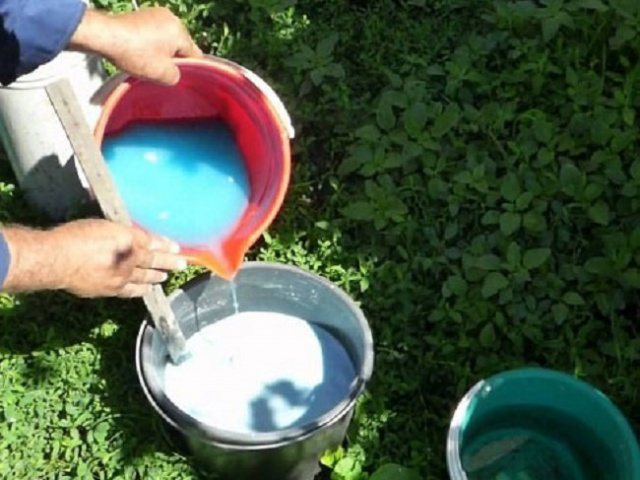

To prepare Bordeaux liquid, a solution of copper sulfate is poured into the milk of lime
3. Hom
Effective copper-containing fungicide of contact and systemic action. Safe for the environment. They are sprayed with tomatoes during the growing season, the last time 20 days before harvest.
4. Ridomil Gold
Fungicide of systemic action, provides long-term protection of the plant during the growth of leaves and stems. After 30 minutes, the drug enters the plant. Helps fight late blight on tomatoes, both as a preventive measure and as a complete treatment during an outbreak.
5. Quadris
Also a systemic drug, one of the most progressive. It is used during the growing season, flowering and fruit formation, the processing interval is 2 weeks.
6. Bravo
Has a contact effect, is used to prevent fungal diseases, including phytophthora. It can be applied in any growing season, the processing interval is 7-10 days.
Preventive measures
To prevent the spread of phytophthora spores and protect tomatoes, it is recommended to follow preventive measures:
- Autumn processing of greenhouses with sulfur checkers.
- Spring disinfection of soil with copper sulfate.
- Controlling soil nitrogen levels and restoring natural balance with peat and coarse sand.
- Moderate watering.
- Frequent loosening of the soil.
- Stealing and thinning.
- Soil mulching with sawdust and pine needles.
- Airing greenhouses.
- Shelter of beds in open ground with spunbond (agrofibre made of environmentally friendly polypropylene).
- Timely introduction of potassium-phosphorus dressings.
- Compliance with the principles of crop rotation (the best predecessors of tomatoes are white cabbage and cauliflower, zucchini, legumes, pumpkin, onions).
- Soaking the seeds collected by hand in a solution of "Fitosporin" or "Phytodoctor".
- Treatment of wells for seedlings with boiling water or a hot solution of potassium permanganate.

